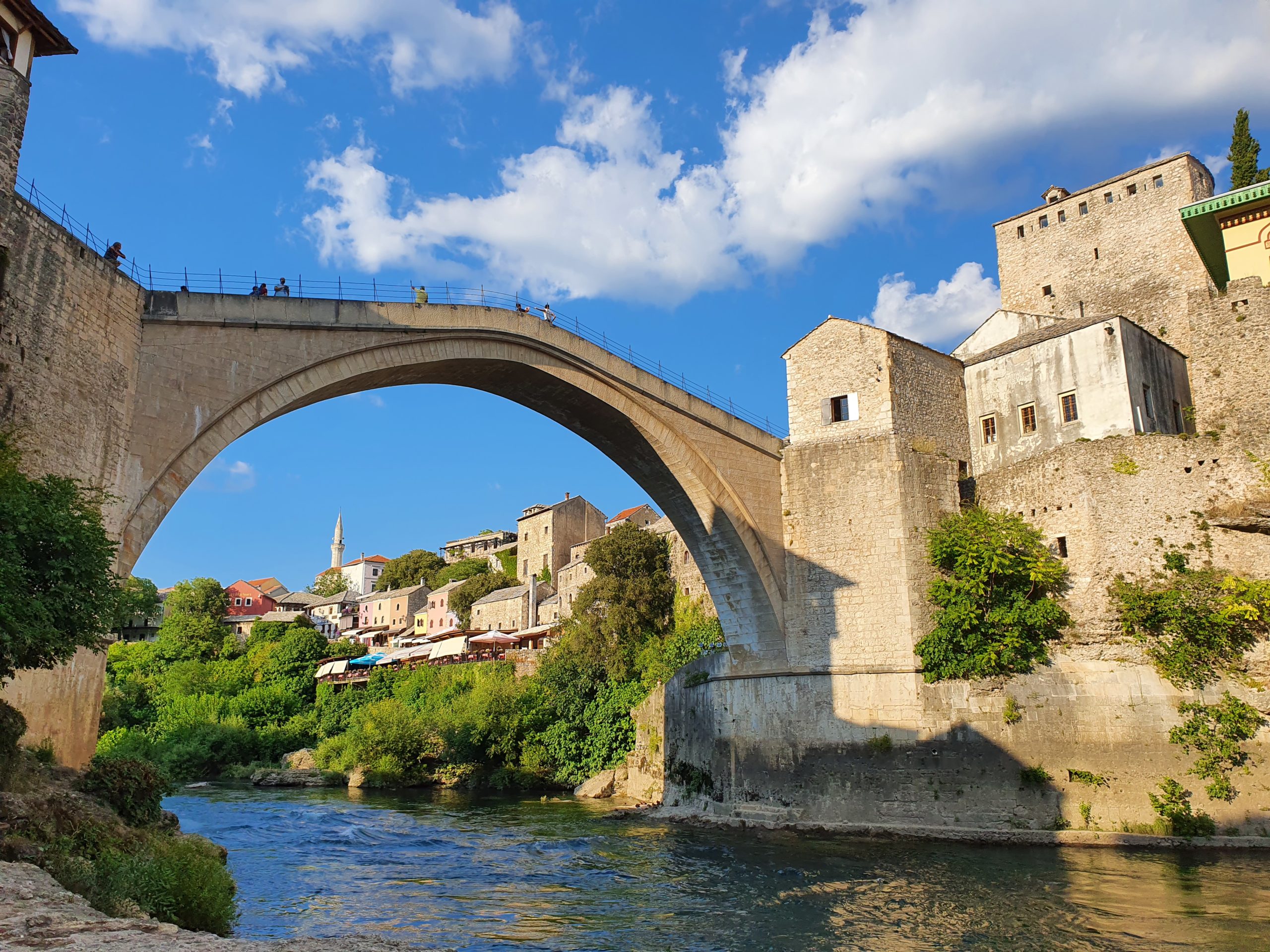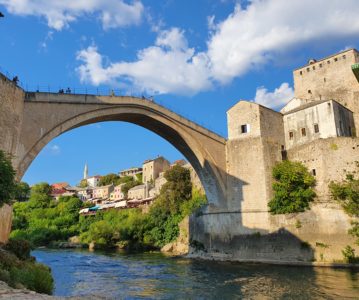The drive over the almost 60 km long island of Hvar is hard to beat in beauty. The island is narrow and long and offers views of both sides of the coast again and again. The settlements are small and when I just once again fought my way up an incline, a guy in front of a closed grocery store sticks a Pivo (beer) towards me as I drive by. Tempting! But the seven other island alcoholics, who all stare at me with more or less interest, let me decline with thanks and ride past. 50 meters later I turn my bike, ride back and accept the cool beer with thanks. In the meantime, only three spent-looking guys are sucking on their beer. Andi speaks quite passable English, laughs at me friendly with his catastrophic teeth and we chat for the duration of a beer about life, the island and the merits of cycling. Meanwhile, to my mild dismay, his mute colleague drains his third beer, gets into his car and drives away. “Drink and drive” is pretty standard here, I guess.
I spend the last night on the island together with a swarm of mosquitoes, whose countless bites make it a bit difficult for me to feel good over the next few days. After half a night in the hammock I desperately put up my inner tent and try to find some sleep there. The more than hundred stings bite like mad and wake me up again and again.
On the short crossing back to the mainland coast I cool my swollen face and my hands some desperately with ice cubes, which a nice bar woman has filled into my water bottle. It’s Sunday and I have nothing to relieve the itch.
The ride from the impressive Makarska coast inland is a bit tough, monotonous and very hot at first; but turns into a real joy soon after crossing the border into Bosnia Herzegovina. Shortly after Ploce (HR) the Ciro trail begins along the old railroad line connecting Sarajevo, Mostar and Dubrovnik. I’m now following the Neretva River, which means I hardly have to deal with any elevation gain. The plain gradually turns into an impressive valley. Suddenly tangerines and apple trees grow and once again the landscape changes within a few kilometers.
While crossing another cute little village, I suddenly notice that I am being followed by a guy on a bike. I approach him while riding and the guy turns into Admir; a 28ig year old local who has his day off today. He studied sociology and graduated with a bachelor’s degree, but for lack of prospects he is now working on the gigantic Chinese infrastructure project (Belt and Road Initiative; BRI) as a simple laborer. 430 euros a month, six-day week, hardly any vacations. I ask him if this wage is enough to survive. Like most young people here, he lives with his parents. Most families here own their own house, a welcome inheritance from the Yugoslav era.
Spontaneously, Admir persuades me to cross the Neretva over a temporary construction site bridge to go back a bit to the Ottoman ruins of Pocitelj on the other side. In passing, he points to huge mountains of sand beside the river and comments, “Our government is so corrupt, they are not alowed to take this sand for the road, but they take it out our river.” The giant pillars for the new “Balkan Silk Road,” which will connect China directly with the Balkans and thus Europe, loom
Translated with www.DeepL.com/Translator (free version)


